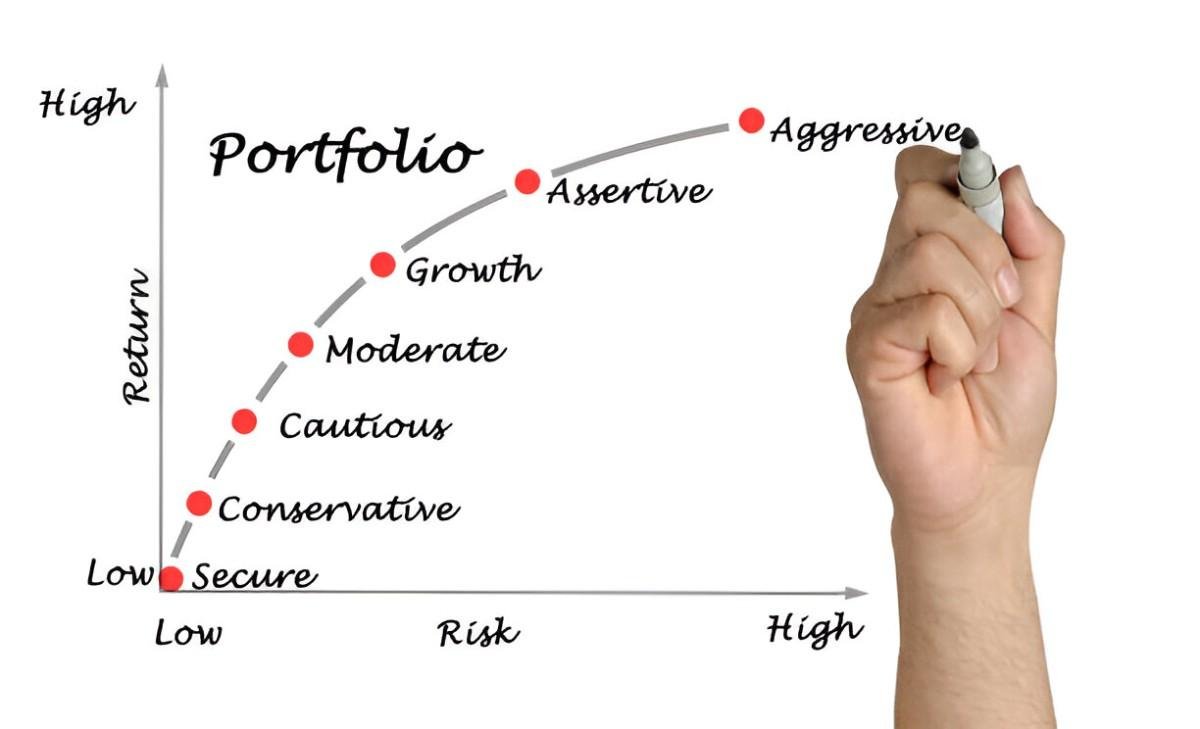After managing investment portfolios for over a decade, I’ve identified four core strategies that consistently help investors achieve their financial goals while managing risk. Whether you’re building retirement savings or generating income, these approaches can be tailored to your specific needs.
Table of Contents
1. The Core-Satellite Approach
This strategy combines broad market exposure with targeted opportunities:
Core Holdings (60-80% of portfolio):
- Low-cost index funds (e.g., Vanguard Total Stock Market)
- Balanced funds (e.g., Vanguard Wellington)
- Provides stability and market-matching returns
Satellite Holdings (20-40% of portfolio):
- Sector-specific funds (e.g., healthcare, technology)
- Thematic funds (e.g., clean energy, AI)
- International/emerging market funds
- Offers growth potential beyond the core
Case Study: A client with $500,000 allocated 70% to index funds and 30% to satellite positions in robotics and healthcare. Over 5 years, the satellites boosted returns by 2% annually while the core provided stability during market dips.
2. Strategic Asset Allocation
This method establishes fixed percentages for different asset classes based on your risk tolerance:
Sample Allocations:
| Investor Type | Stocks | Bonds | Cash |
|---|---|---|---|
| Aggressive | 80% | 15% | 5% |
| Moderate | 60% | 35% | 5% |
| Conservative | 40% | 50% | 10% |
Implementation Steps:
- Determine your risk profile
- Select appropriate mutual funds for each category
- Rebalance quarterly or annually
- Adjust allocations as you approach major milestones
Key Benefit: Maintains your desired risk level automatically. When stocks outperform, you sell some to buy bonds and vice versa.
3. Dollar-Cost Averaging (DCA) with a Twist
While traditional DCA means investing fixed amounts regularly, I recommend this enhanced version:
- Set baseline investments (e.g., $1,000/month into your core funds)
- Add opportunistic investments when markets drop 5-10%
- Use sector rotations by overweighting undervalued areas
Example: During the 2022 market decline, we increased monthly tech fund purchases by 50% while maintaining baseline investments in index funds. This led to stronger recovery gains.
4. The Barbell Strategy for Income Investors
Perfect for retirees needing stable income with some growth potential:
Safe End (50% of portfolio):
- Short-term bond funds
- Money market funds
- Treasury ETFs
Growth End (50% of portfolio):
- Dividend growth funds
- Low-volatility equity funds
- Covered call strategy funds
Why It Works: The safe end provides reliable income and liquidity, while the growth end maintains purchasing power over time. During the 2020 market crash, barbell portfolios lost only half as much as traditional 60/40 portfolios while recovering just as quickly.
Implementation Tips
- Tax Efficiency: Place bond funds in tax-advantaged accounts and equity funds in taxable
- Cost Control: Favor funds with expense ratios below 0.50%
- Rebalancing: Set calendar reminders to review allocations quarterly
- Performance Review: Evaluate funds against benchmarks annually
Common Mistakes to Avoid
- Overlapping Holdings: Many funds own the same stocks (check top 10 holdings)
- Performance Chasing: Last year’s top fund often becomes next year’s laggard
- Ignoring Correlations: Ensure your funds don’t all move in the same direction
- Neglecting Tax Impact: Frequent trading in taxable accounts creates unnecessary liabilities
Choosing Your Strategy
Select an approach based on:
- Time Horizon: Longer timelines favor more aggressive allocations
- Risk Tolerance: Conservative investors need more stable income funds
- Financial Goals: Growth vs. income needs dictate fund selection
- Management Preference: Hands-off investors benefit from target-date funds
Final Recommendation
For most investors, I recommend starting with the core-satellite approach:
- Build a foundation of low-cost index funds (60-80%)
- Add 2-3 satellite positions in areas you understand well (20-40%)
- Rebalance annually
- Gradually shift to more income-oriented funds as you near retirement
Remember, the best strategy is one you’ll stick with consistently. Market timing rarely works, but disciplined portfolio management always pays off over time. Would you like me to customize one of these approaches for your specific situation?





